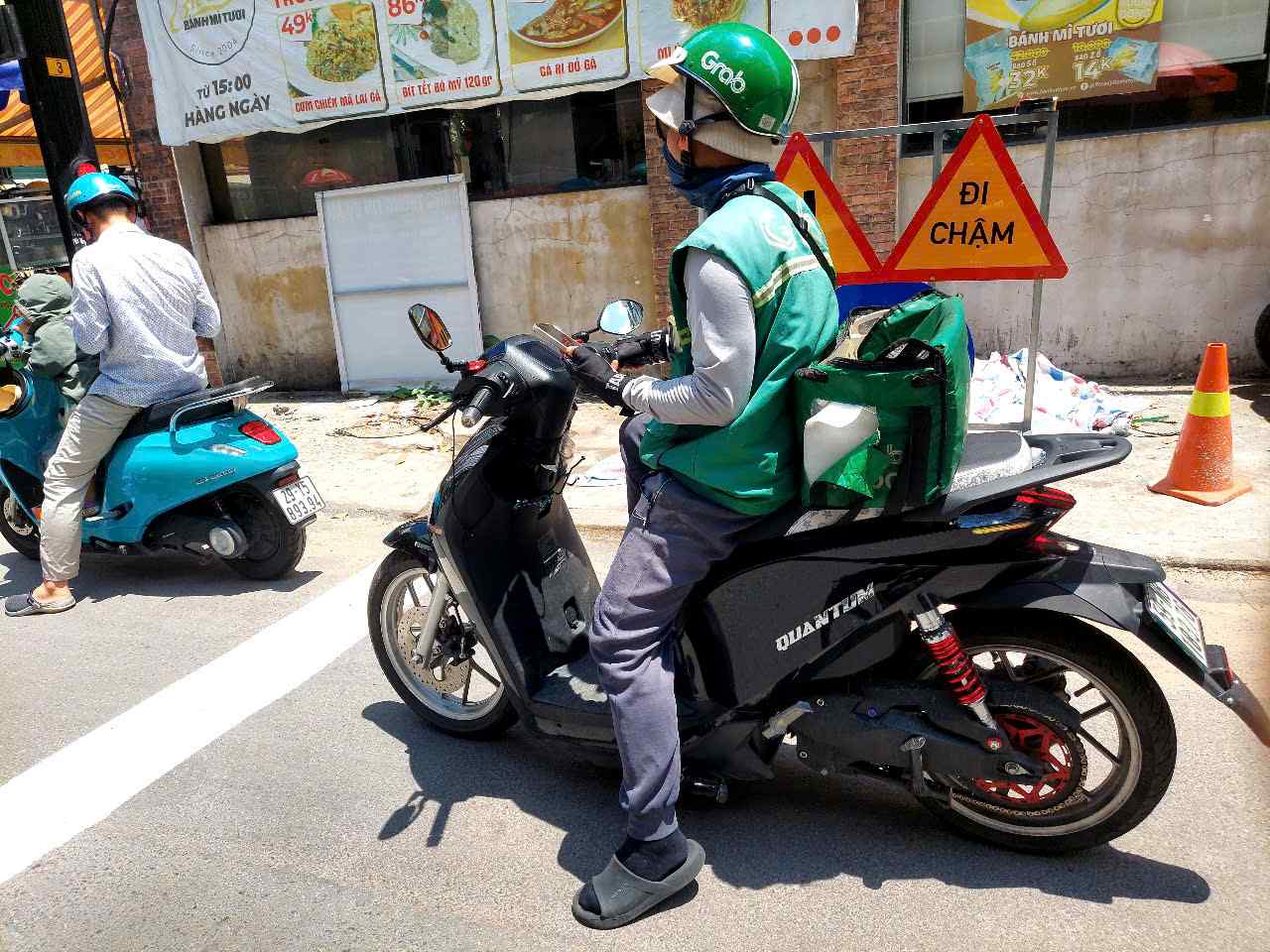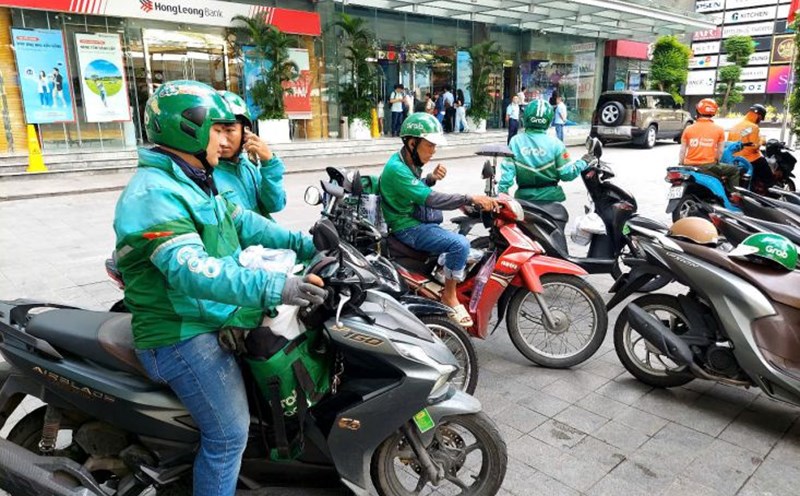The Economic Application Consulting Center (HCMC - HIDS Institute for Development Studies) has just completed a draft project to convert 400,000 gasoline motorbikes to electric vehicles for technology drivers and delivery in the area to reduce pollution.
According to HIDS, each technology driver typically travels 120 - 200 km/day, needing to charge at least once a day and one more time at home at night.
However, Ho Chi Minh City currently lacks public charging stations, most of which are located in the basement of commercial centers with high costs, inconvenient waiting space, not suitable for the income and needs of drivers.
Master Le Thanh Hai - Director of HIDS Economic Application Consulting Center - commented that the charging infrastructure in Ho Chi Minh City is still in its infancy, mainly invested by private enterprises, and no public projects have been implemented.
The charging station system has not been planned synchronously, far from resting, dining, delivery, and receiving points, causing many drivers to still have to charge at home.
In addition, the city also faces challenges in the power grid, as DC fast charging stations with a capacity of up to 350kW can cause overload during peak hours.
Static traffic infrastructure has not met the requirements, lacking wharves, parking spaces and separate charging stations for private vehicles in crowded urban areas.

To solve the green transformation problem, HIDS recommends that Ho Chi Minh City soon complete static traffic planning, expand the area of wharves and invest publicly in the charging station system.
The city should implement an inter-sectoral mechanism to quickly issue preferential policies on taxes, land, technical standards and support for infrastructure maintenance.
The project aims to form 3,000 public charging and battery exchange points by December 2028, ensuring that each service station has a radius of less than 800 m in the inner city and less than 2 km along inter-provincial logistics axes.
Places such as gas stations, parks, bus shelters, public parking lots, etc. will be included in the priority list for charging stations. At the same time, encourage implementation at convenient cafes and supermarkets - where drivers can take advantage of recharging their vehicles while resting.
HIDS also proposed a charging point layering model including: Quick charging stations (≥ 60 kW) at large stations; high-speed battery swapping stations (≤ 90 seconds) at key delivery points; slow charging stations (3.3 kW) installed at apartment bus companies, serving at night.
Ho Chi Minh City needs to deploy a multi-vehicle integrated charging station (including DC ≥ 60kW fast charging, AC 3.3-11kW slow charging and 1-2kW battery exchange) at intersections, on public land.
According to HIDS, to regulate electricity loads, the city needs to issue a flexible electricity price list specifically for two-wheel charging stations: reduce 30% of electricity prices from 11pm to 5am, and collect 20% during peak hours from 5pm to 9pm to encourage shift to night.
HIDS also proposed that Ho Chi Minh City stipulate that all new housing projects must integrate electric vehicle charging points with a minimum ratio of 1 point/20 parking spaces, in which 35% of the parking area must have charging infrastructure.
Logistics projects and distribution centers are required to have specialized charging infrastructure for delivery vehicles, with a minimum design capacity of 20kW/vehicle.











